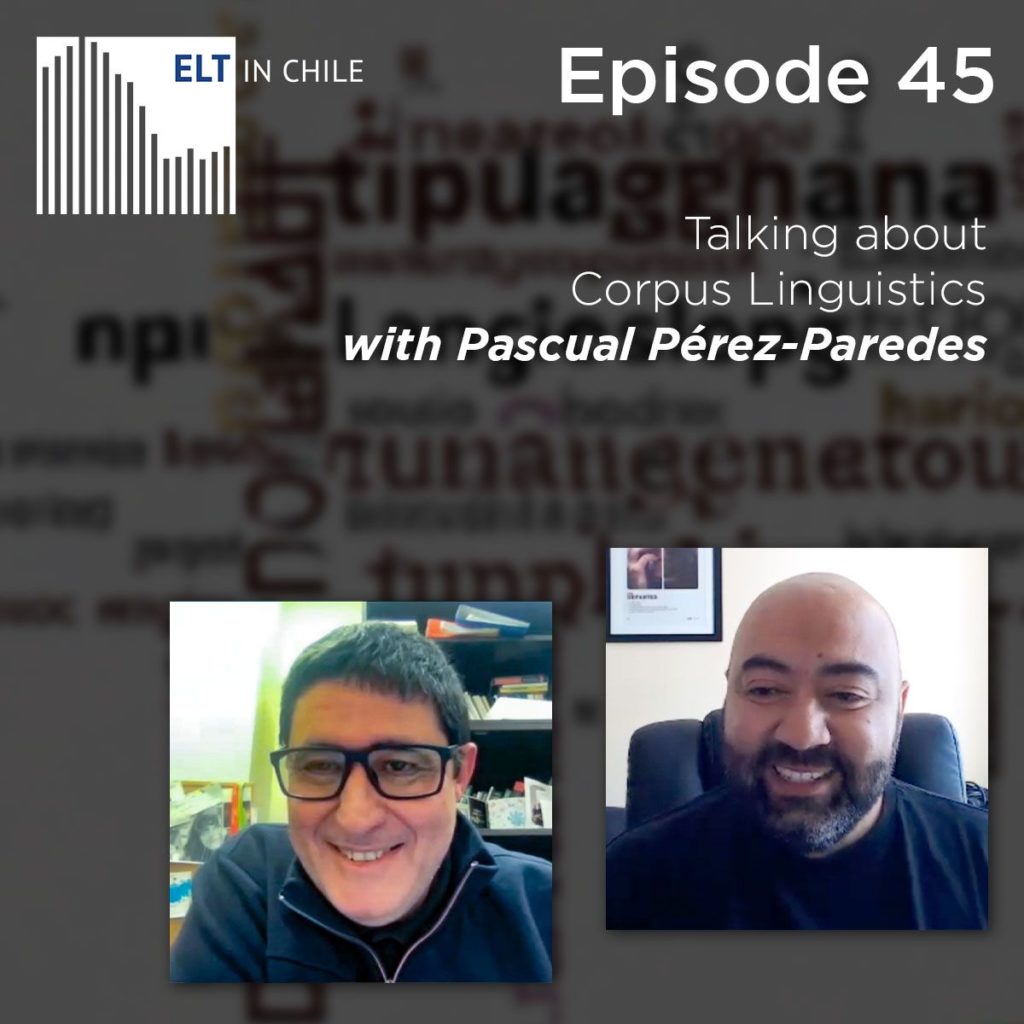
Spotify: https://open.spotify.com/episode/4UlvjDIfBJdCbaOTpkxh7n

The following quotes are from Lieven, E. (2016). Usage-based approaches to language development: Where do we go from here? Language and Cognition,8(3), 346-368. doi:10.1017/langcog.2016.16
Young children show differential and restricted competence in comprehension and production early on; second, that children’s linguistic productivity is tied closely to their linguistic experience, but this interacts with processing capacity, the developing linguistic system, and children’s communicative goals; and, finally, that the development of more abstract grammar is protracted, and that differing levels of abstraction will give the ability to do different tasks
Children are exposed to many meaningful usage events which they can now begin to interpret in the context of this newly developing understanding of shared intentionality. Grammar is learned through a continuous process of abstraction. Constituency and more complex syntax emerge through this process.
In the usage-based approach, linguistic categories such as noun, verb, noun phrase, subject, and object are not pre-given but emerge as the child constructs language by connecting what they already know in terms of the cognitive and intention-reading developments of the first year to the language that they hear.
The development of word categories is tied to children starting to develop low-scope slot-and-frames patterns based on the frequencies in the input. Examples from English are It’s X-ing, I want a Y, That’s a Z. The slots in these patterns are the basis of emergent categories, initially of low-semantic scope such as THING or ACTION but showing increasing evidence of abstraction.
Large numbers of studies, not only for English, have found that frequency in the input is closely associated with what children learn.
If something is very frequent in the input, but does not occur in the child’s speech, this suggests that there is something about the form in terms of complexity or meaning that is slowing learning.
An example comes from my study of six children’s learning of English auxiliaries (Lieven, 2008). There was a strong rank order correlation between the frequency of these in the input and the order in which they were found in the children’s speech, but there were a number of exceptions. Frames with could, would, and should were relatively frequent in the input, but in the period studied these emerged either late or not at all in the children’s speech. This is probably because these modals require a subtle semantics which the children did not yet control. Modals are a set of verbs that diverge from simple declarative sentences and questions about factuality, signalling a range of speaker stances towards the information being conveyed. Moreover, they are polysemous (being used to convey both speech acts and logical prediction), and in each usage they signal a slightly different range of speaker stances.
Although children start with rote-learned strings and low-scope schemas and may retain these into adulthood, they clearly also develop the capacity to produce and comprehend at a more abstract level.
The evidence is that the youngest children can only correctly identify the agents and patients of transitive causatives if they are presented with a prototypical coalition of cues.
From the point of view of a usage-based account, one can see these results arising from two competing processes: the deep entrenchment of SVO word order (initially with low-scope pronoun schemas) which competes with the much less frequently encountered and highly specific pragmatic contexts in which OVS word order (even with case marking) is used. This latter usage requires a coalition of contextualizing cues for its interpretation…
there is evidence for the storage of ‘big words’. Bannard and Matthews (2008) showed that children did better on production of 4-word sequences that were frequent in the input than identical sequences in which the last word is changed. Second, there is good evidence for the importance of low-scope, pronoun-based schemas particularly in the early stages of sentence production (Ambridge & Lieven, 2014). We know that children are significantly more likely to correct non-grammatical word orders to canonical word order as they get older (Akhtar, 1999). When presented with novel verbs in non-canonical word order, younger children tend to use the same word order when asked to produce the sentence with different nouns. However, when children do change to the correct canonical order, they are very likely to use schemas based on pronouns (e.g., He’s meeking it; Abbot-Smith, Lieven, & Tomasello, 2001; Matthews, Lieven, Theakston, & Tomasello, 2004, 2007).
On the usage-based assumption that young children learn language in order to communicate, the relationship of form to meaning is obviously a crucial area for research. However, in research on the learning of syntax, there has tended to be more of a focus on structure than on meaning. I think this has been in reaction to the emphasis on abstract structure in generativist theory and the claim that children could not learn this structure from what they hear. Usage-based researchers have been concerned to show how children can indeed abstract a grammar from the language that they hear, and to argue that generativist theories are not able to solve the ‘linking problem’ of how the hypothesized Universal Grammar interacts with the input to produce the grammar of the specific language (Ambridge, Pine, & Lieven, 2014).
A great deal of empirical evidence has shown: (1) the strong relationships between the language that children hear and the course of their language development; and (2) that children’s language builds up from low-scope patterns and heuristics to an increasingly schematic and abstract network of constructions. To build a comprehensive and psychologically realistic account of children’s language development we now need to concentrate on identifying the processing mechanisms that are involved; to seriously address the relationship between meaning and form; to account for individual differences in learning; and to extend our research to languages that provide specific challenges to the present state of our theories.
Source: (URL)
A NATIONAL RECOVERY PROGRAMME FOR LANGUAGES. A framework proposal from the All-Party Parliamentary Group on Modern Languages, published 4 March 2019

Britain, and its government, must remember that only six per cent of the world’s population are native English speakers and 75 per cent speak no English at all.
The amount of online content in English is declining, from over half in 2000 to about a quarter now. Over the same period, Mandarin content has increased from 5 per cent to well over 20 per cent and rising.
The decline in language learning in UK schools can now be felt right up the chain, through universities and into the business community.
Just last week, the BBC reported that language learning is at its lowest level in UK secondary schools since the turn of the millennium, with German and French falling the most.
In 1999, 342,227 took GCSE French while last year the number was just 126,750. Languages at A-level are in freefall: the year-on-year drop last year alone was 5.4 per cent.
Secondary school pupils in the UK spend less time studying languages than anywhere else in the developed world.
Over 70 per cent of UK employers say they’re unhappy with the foreign language skills of British school leavers and graduates and are forced to recruit from overseas to meet their needs.
Smart businesses who make use of languages report 43 per cent higher export/turnovers ratios.
Naciones Unidas celebra hoy, 21 de febrero, el día mundial de la lengua madre (o las lenguas madres, habría que matizar). Naciones Unidas ha elegido este año 2018 el tema “Linguistic diversity and multilingualism: keystones of sustainability and peace”.
Durante 20 años, esta organización viene celebrando el papel central que nuestra lengua madre, la lengua o las lenguas madre en la aprendimos a comunicarnos con nuestros padres y con la(s) que empezamos a socializar,juega en la configuración de nuestra personalidad, de nuestro yo. Nuestra lengua madre (nuestra L1) nos da las herramientas necesarias para entender quiénes somos y encontrar sentido al mundo que nos rodea.
En un mundo cada más interconectado, nuestra L1 interacciona con otras lenguas que hemos adquirido o aprendido a lo largo de nuestra vida, bien en la escuela, bien en nuestro desempeño profesional, facilitando, en general, el aprendizaje de nuevas lenguas. Queda como cosa del pasado la visión negativa de la interferencia de la L1 en el aprendizaje de la(s) L2 tan en boga en los años 60 del siglo pasado.
Comparto aqui un par de recursos estupendos en este día.
El primero de ellos es un podcast elaborado en el marco del proyecto Multilingualism: Empowering Individuals, Transforming Societies (MEITS), liderado por la Universidad de Cambridge. En este podcast, 6 estudiantes de 15 años en Parkside Community College, Cambridge, comparten sus ideas y opiniones sobre el uso que hacen de las diversas lenguas que hablan y cómo contribuyen al desarrollo de sus identidades individuales.
El segundo recurso es un kit para el fomento del multilingüismo creado por la UNESCO en 2016:
http://unesdoc.unesco.org/images/0024/002462/246278e.pdf